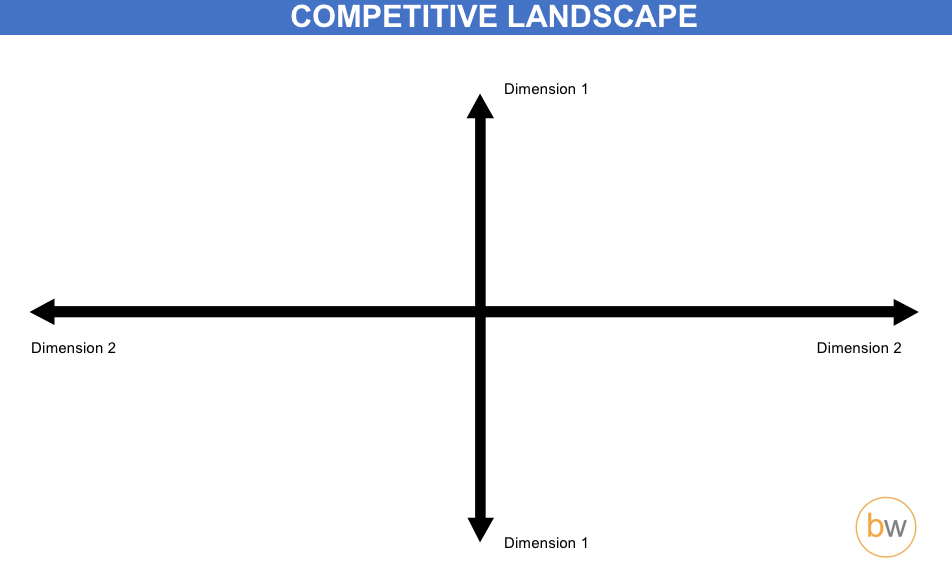
Competitor analysis is a crucial part of any business strategy. Understanding your competition can provide valuable insights into their strengths and weaknesses, allowing you to make informed decisions about your own business. One effective way to conduct competitor analysis is through competitor analysis templates.
In this guide, we will explore what competitor analysis is, why it is important, and how you can create your competitor analysis template.
What is Competitor Analysis?
Competitor analysis is a process of evaluating and comparing your business to your competitors in a structured and organized manner. By using a template, you can easily track and analyze various aspects of your competitors, such as their products, pricing, marketing strategies, and customer reviews. This analysis can help you identify growth opportunities, as well as potential threats to your business.
When conducting a competitor analysis, it is important to gather information from a variety of sources, such as their website, social media profiles, press releases, and customer reviews. By compiling this information in a template, you can easily compare and contrast your business with your competitors.
Why is Competitor Analysis Important?
Competitor analysis is important for several reasons.
- Firstly, it can help you identify gaps in the market that your competitors are not addressing, allowing you to capitalize on these opportunities.
- Secondly, it can help you understand your competitors’ strengths and weaknesses, enabling you to develop strategies to differentiate your business from the competition.
- Finally, it can provide valuable insights into industry trends and customer preferences, helping you stay ahead of the competition.
By regularly conducting competitor analysis, you can stay informed about your competitors’ activities and make informed decisions about your own business. This can help you identify new growth opportunities, improve your marketing strategies, and enhance your overall competitiveness in the market.
How to Create a Competitor Analysis Template
Creating a competitor analysis template is a straightforward process. Start by identifying the key areas you want to analyze, such as product offerings, pricing, distribution channels, and customer demographics. Next, gather information about your competitors in each of these areas, using a variety of sources such as their website, social media profiles, and industry reports.
Once you have gathered the necessary information, organize it into a template that allows you to easily compare and contrast your business with your competitors. Include sections for each key area of analysis, with space to record relevant information and notes. You can also use charts and graphs to visualize the data and make it easier to identify trends and patterns.
Examples of Competitor Analysis Templates
- Product Analysis: Compare your products to your competitors’, including features, pricing, and target market.
- Pricing Analysis: Analyze your pricing strategy compared to your competitors’, including discounts and promotions.
- Marketing Analysis: Evaluate your marketing tactics compared to your competitors’, including advertising channels and messaging.
- SWOT Analysis: Identify your strengths, weaknesses, opportunities, and threats compared to your competitors.
- Customer Analysis: Understand your target customers compared to your competitors’, including demographics and buying behavior.
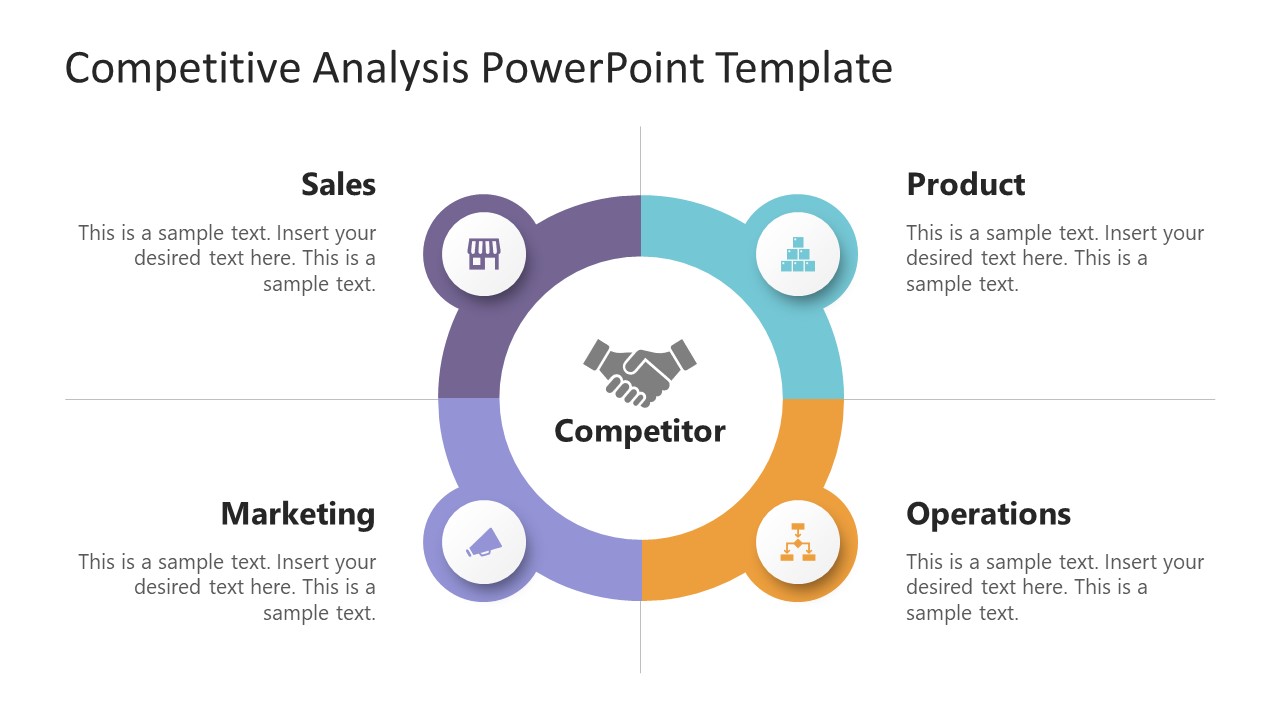
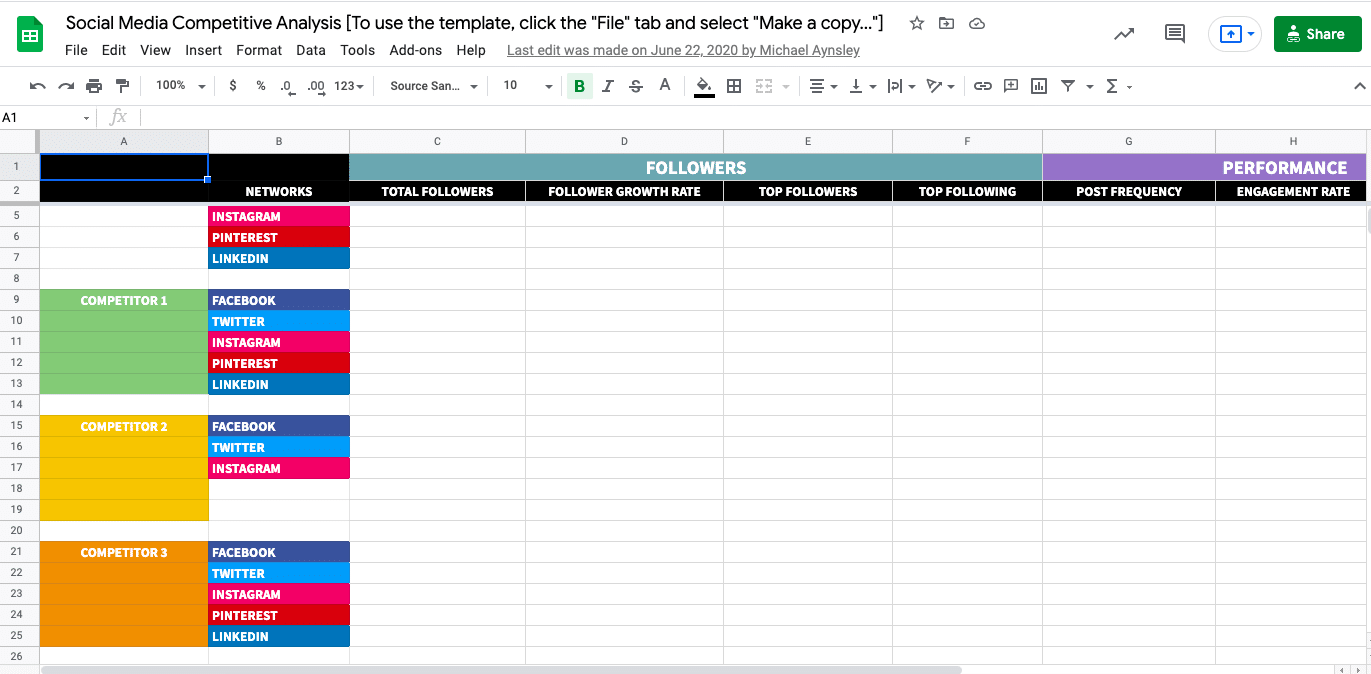

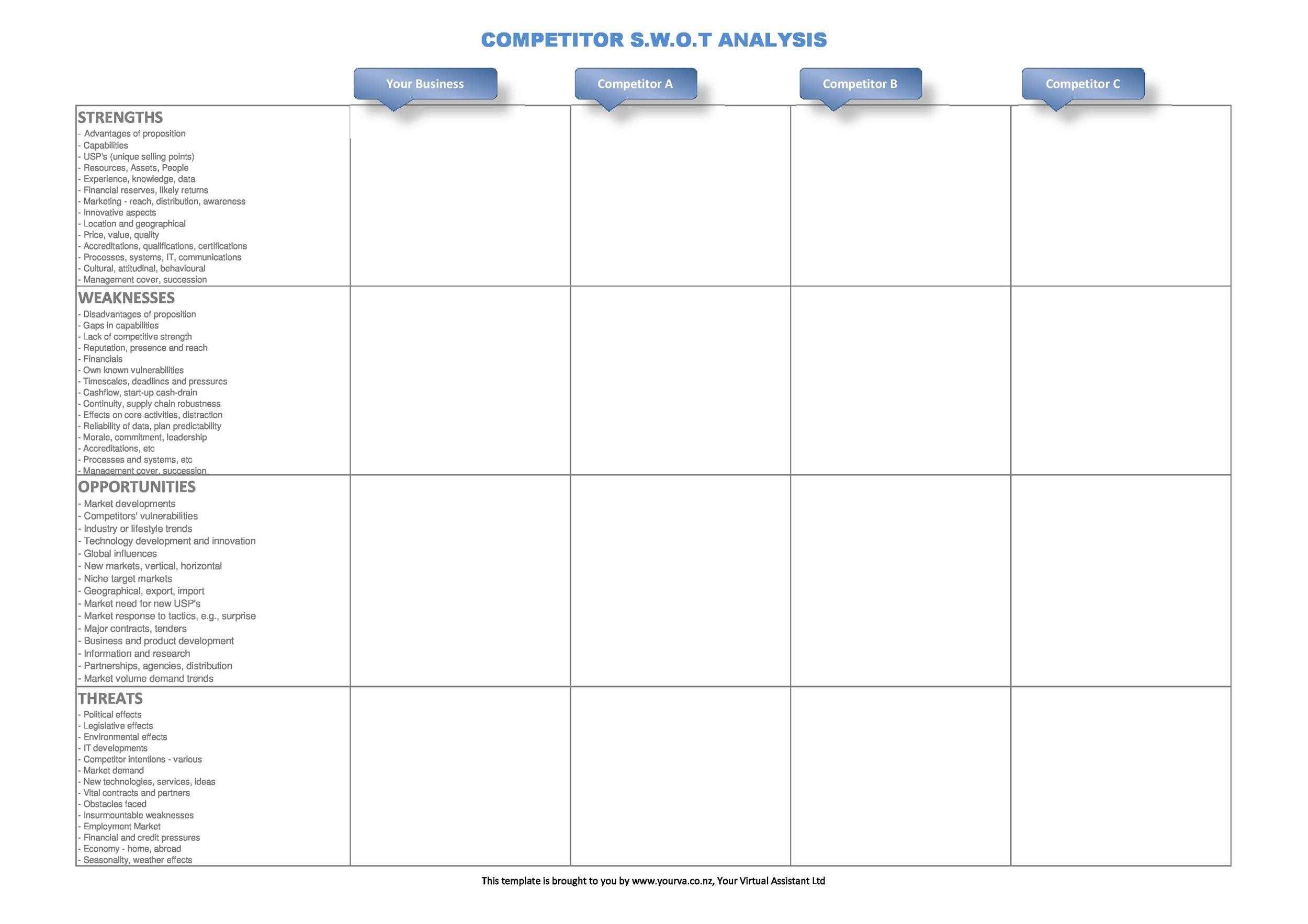
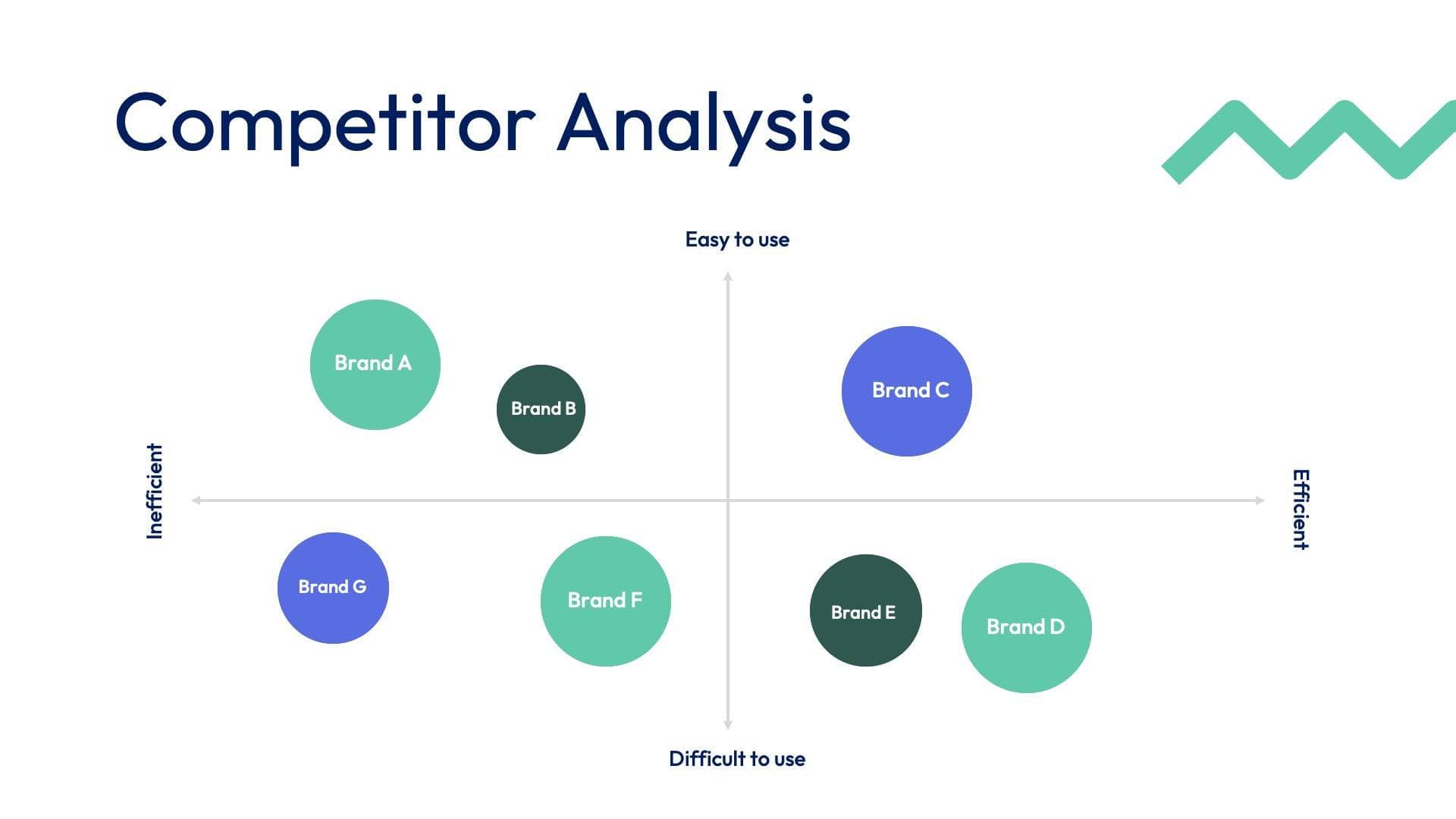

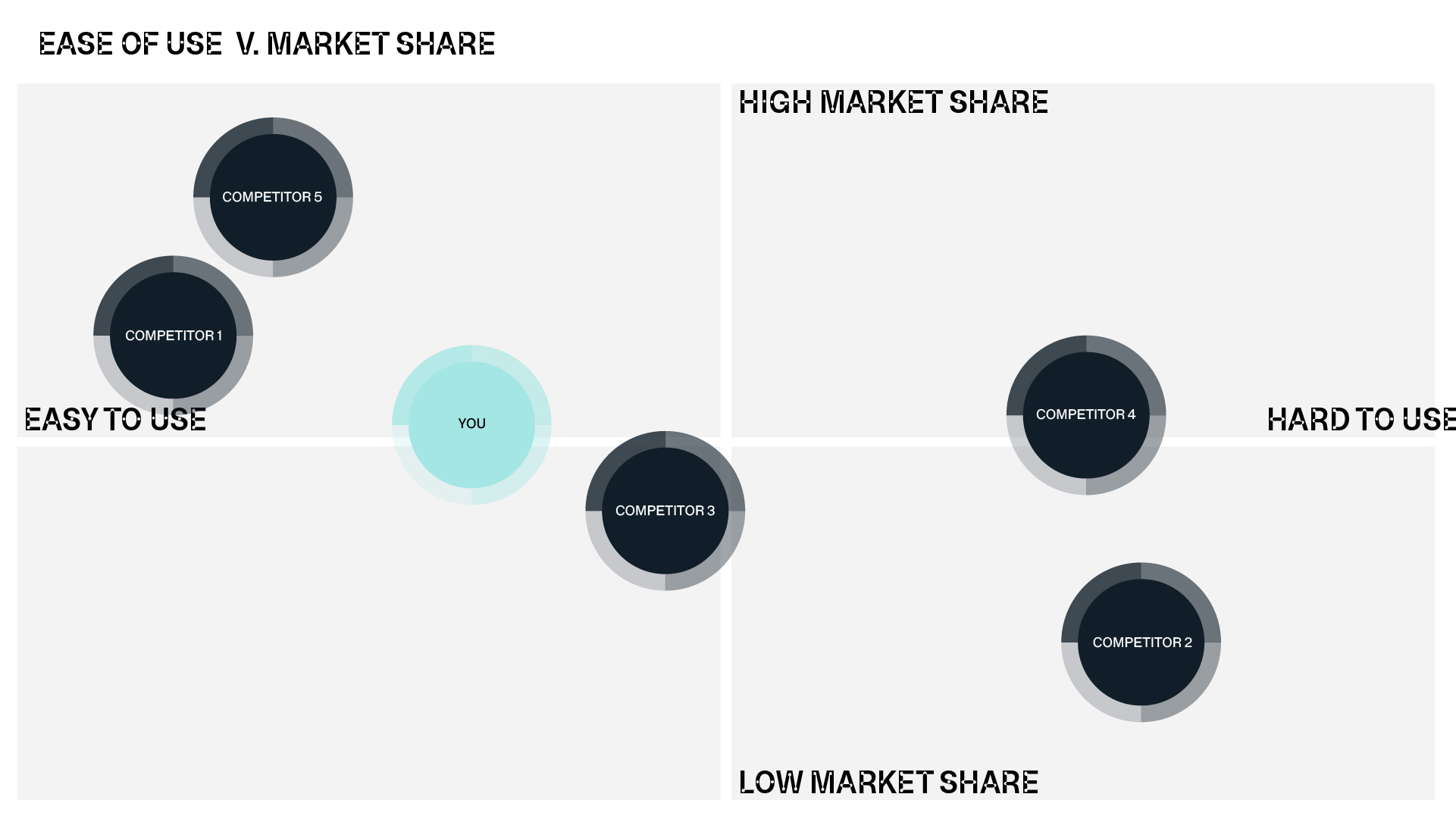
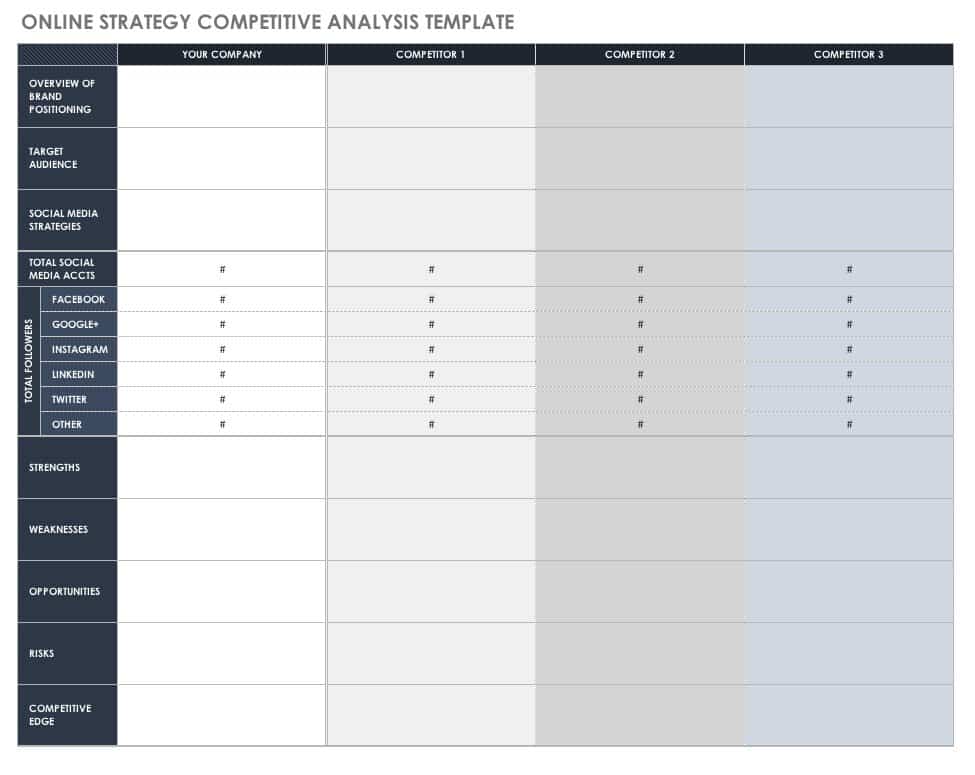
Tips for Successful Competitor Analysis
Conducting a successful competitor analysis requires careful planning and attention to detail. Here are some tips to help you make the most of your competitor analysis template:
- Be thorough: Gather information from multiple sources to get a comprehensive view of your competitors.
- Stay updated: Regularly update your competitor analysis template to reflect changes in the market and industry trends.
- Focus on key metrics: Identify the most important metrics for your business and track them consistently in your template.
- Use visuals: Incorporate charts and graphs into your template to make the data easier to interpret and analyze.
- Take action: Use the insights from your competitor analysis to inform your business strategy and make data-driven decisions.
- Seek feedback: Share your competitor analysis with colleagues or industry experts to gain different perspectives and insights.
- Be objective: Approach your competitor analysis with an open mind and avoid bias in your assessments.
In Conclusion
Competitor analysis is a valuable tool for businesses looking to gain a competitive edge in the market. By creating a structured and organized template, you can easily track and compare your business to your competitors, identify growth opportunities, and make informed decisions about your business strategy. Remember to regularly update your competitor analysis template and use the insights gained to drive your business forward.
With a well-executed competitor analysis, you can position your business for success in a competitive market.
Competitor Analysis Template – Download